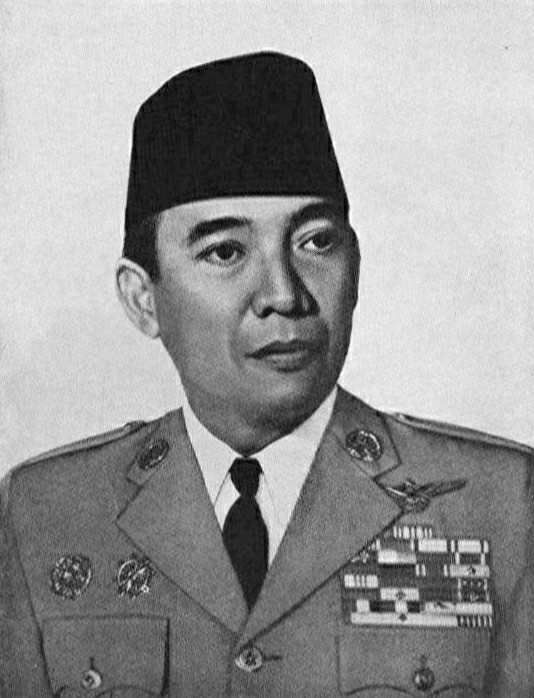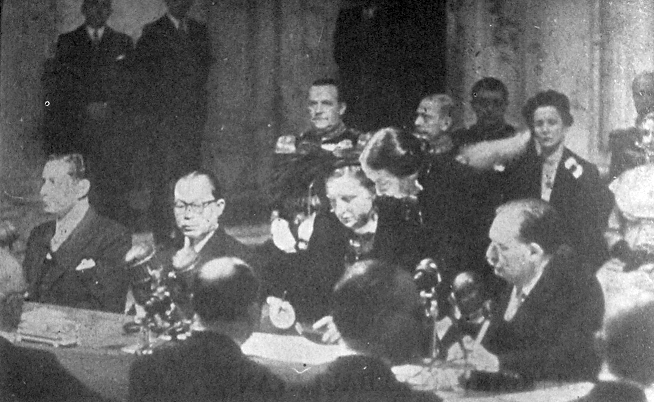The Dutch Response to Indonesia's Independence: A Bloody Conflict
HELLO AND WELCOME TO MY BLOG!
Today, we'll be delving into the history of Indonesia and exploring the Indonesian National Revolution. But before we start, I want to thank to my friend Aisyah for her great idea! Now, let's continue! This period of history was marked by significant political and social change in Indonesia, leading to the country's independence from Dutch colonial rule.
The Indonesian National Revolution began on August 17, 1945, when Indonesia declared its independence from the Netherlands. The country had been under Dutch colonial rule since the early 17th century and had experienced a long and difficult struggle for independence.
During the early years of the revolution, Indonesia faced numerous challenges, including a lack of resources and support, as well as opposition from the Dutch government. Despite these difficulties, the Indonesian people remained committed to their cause and fought tirelessly for their freedom.
One of the key figures in the Indonesian National Revolution was Sukarno, who became the first president of Indonesia in 1945. Sukarno was a charismatic and passionate leader who inspired the Indonesian people to fight for their independence.
The revolution was not without its setbacks, however. The Dutch government responded to Indonesia's declaration of independence by sending troops to the country, leading to a long and bloody conflict that lasted for several years. The Indonesian people faced many challenges during this time, including famine and disease, as well as violence and repression from the Dutch military.
Despite these challenges, the Indonesian people persevered, and in 1949, the Dutch government finally recognized Indonesia's independence. The country had achieved its long-sought goal of freedom and had established itself as a sovereign nation.
The Indonesian National Revolution was a pivotal moment in the country's history, and it remains an important symbol of the Indonesian people's struggle for independence and their determination to build a better future for themselves and their families.
In conclusion, the Indonesian National Revolution was a period of significant political and social change in Indonesia, marked by years of struggle and hardship. Through it all, the Indonesian people remained steadfast in their commitment to achieving independence, and their perseverance paid off in the end. Today, Indonesia is a vibrant and thriving nation, and the legacy of the revolution lives on as a testament to the strength and resilience of the Indonesian people.
Oh, by the way, Just wanted to remind you that in addition to my history blog, I also have another blog dedicated to the amazing stories and facts from aviation. It's called aviationisamazing.blogspot.com, and it's packed with interesting facts from the past and nowadays. If you're a fan of learning about aviation in a fun and engaging way, then be sure to check it out! Who knows, you might just learn something new, or at least have a good laugh. Let me know in the comments if you're interested in hearing more!








Comments
Post a Comment